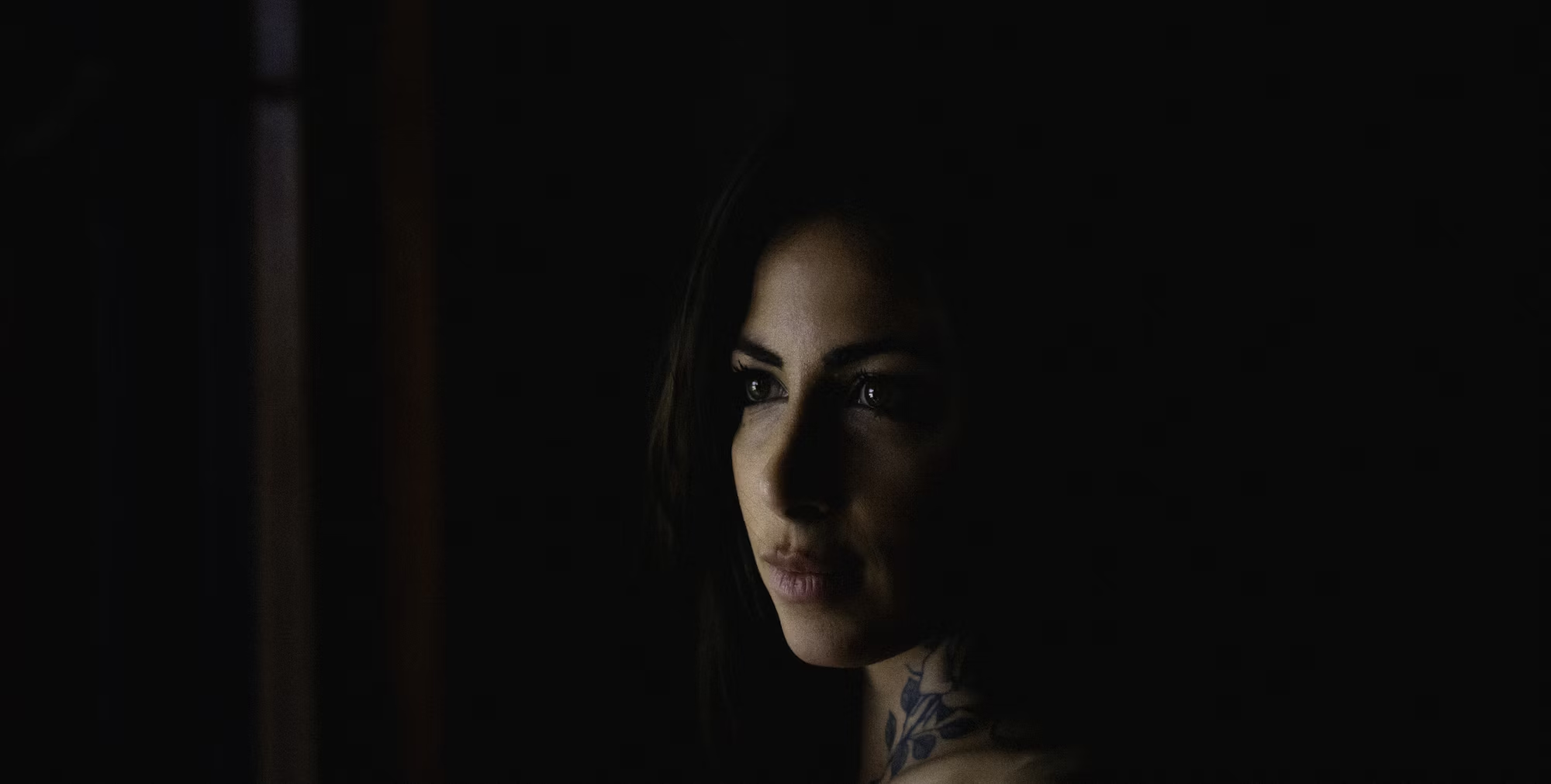
Exploring Genre Diversity in Cinema: A Journey Through Film Types
Cinema is a rich tapestry of storytelling, woven together by a variety of genres that each offer distinct experiences and emotional journeys. From heartwarming comedies to thrilling action films, the diversity of genres in cinema allows filmmakers to explore different facets of the human experience. This article delves into the major film genres, examining their characteristics, evolution, and the unique ways they engage audiences.
One of the most beloved genres is comedy, which seeks to entertain and provoke laughter. Comedies often employ humor derived from relatable situations, misunderstandings, or absurd scenarios. They create a sense of joy and escapism, allowing audiences to experience laughter as a release from everyday stresses. Iconic films like “Some Like It Hot” and modern hits like “Superbad” showcase how humor can be both timeless and contemporary, resonating with viewers across generations. The evolution of comedy reflects societal changes, adapting to new norms and sensibilities while still delivering universal themes of love, friendship, and the quirks of life.
Action films, on the other hand, captivate audiences with their adrenaline-pumping sequences and high-stakes scenarios. Characterized by thrilling chase scenes, explosive stunts, and intense conflicts, action films create a sense of excitement and engagement. Classics like “Die Hard” and recent blockbusters like the “Fast & Furious” franchise illustrate how action films often prioritize spectacle while still offering engaging storylines. This genre not only entertains but also serves as a reflection of cultural values, showcasing heroes overcoming obstacles and fighting for justice.
Drama is another significant genre that allows filmmakers to delve deep into the complexities of human emotions and relationships. Character-driven narratives explore themes of love, loss, and personal growth, often prompting viewers to reflect on their own experiences. Films like “The Shawshank Redemption” and “Moonlight” demonstrate the power of drama in conveying profound messages about the human condition. The emotional depth of drama fosters empathy, encouraging audiences to connect with characters on a personal level.
Romantic films, closely related to drama, focus on love stories and relationships. These films explore the nuances of romance, often leading audiences through a journey filled with passion, heartache, and joy. From classic tales like “Casablanca” to contemporary favorites like “The Notebook,” romantic films create emotional connections that resonate with viewers. The genre’s ability to evoke feelings of love and longing has made it a staple in cinema, appealing to diverse audiences across cultures and backgrounds.
Science fiction, a genre that often explores futuristic concepts, technology, and the unknown, encourages audiences to question reality and envision possibilities beyond their own experiences. Films like “Blade Runner” and “Interstellar” push the boundaries of imagination, prompting discussions about ethics, identity, and the future of humanity. This genre’s ability to blend scientific ideas with compelling narratives has solidified its place in cinematic history, inspiring both wonder and critical thinking among viewers.
Horror films delve into the darker aspects of human nature and the unknown, evoking fear and suspense. The genre plays on psychological and supernatural elements to create a sense of dread, often reflecting societal anxieties and cultural taboos. Iconic horror films like “Psycho” and modern hits like “Get Out” exemplify how horror can be a powerful tool for social commentary while providing thrills. The visceral reactions that horror elicits make it a unique genre, captivating audiences who seek the adrenaline rush of fear.
Animation, though often associated with children’s films, encompasses a wide range of stories that appeal to audiences of all ages. This genre allows for creativity and imagination to flourish, enabling filmmakers to craft visually stunning worlds and characters. From Disney classics like “The Lion King” to thought-provoking films like “Spirited Away,” animation can convey complex themes through vibrant storytelling. The genre’s versatility allows it to tackle a variety of subjects, from adventure and friendship to deeper moral dilemmas.
Documentary films serve as a window into reality, exploring real-life events, people, and cultures. By combining factual storytelling with cinematic techniques, documentaries educate and inspire audiences while fostering a deeper understanding of the world. Films like “Won’t You Be My Neighbor?” and “13th” demonstrate the power of documentary filmmaking to provoke thought and encourage social change. This genre’s ability to blend informative content with compelling narratives has made it an essential part of cinema, raising awareness about important issues and sparking conversations.
In recent years, genre-blending films have gained popularity, defying traditional categorization. These films often incorporate elements from multiple genres, creating unique and innovative narratives. For instance, films like “Get Out” blend horror with social commentary, while “The Shape of Water” combines fantasy and romance. This genre-bending approach allows filmmakers to explore new storytelling possibilities and engage audiences in unexpected ways, reflecting the complexity of contemporary society.
The evolution of genre in cinema is closely tied to cultural shifts and technological advancements. As society changes, so do the themes and narratives explored in films. New genres emerge, while existing ones adapt to resonate with modern audiences. Streaming platforms and digital media have also transformed how genres are consumed, allowing for niche films to reach broader audiences. This accessibility has fostered a greater appreciation for diverse storytelling, encouraging filmmakers to experiment with genre conventions.
In conclusion, the diversity of genres in cinema enriches the storytelling landscape, offering audiences a wide range of emotional experiences and perspectives. Each genre contributes uniquely to the art of filmmaking, allowing for exploration of the human condition through humor, action, romance, and more. As filmmakers continue to innovate and push boundaries, the future of cinema promises to be a vibrant and dynamic realm where storytelling knows no limits. By embracing genre diversity, audiences are invited to embark on countless cinematic journeys, each with its own narrative tapestry woven from the threads of human experience.